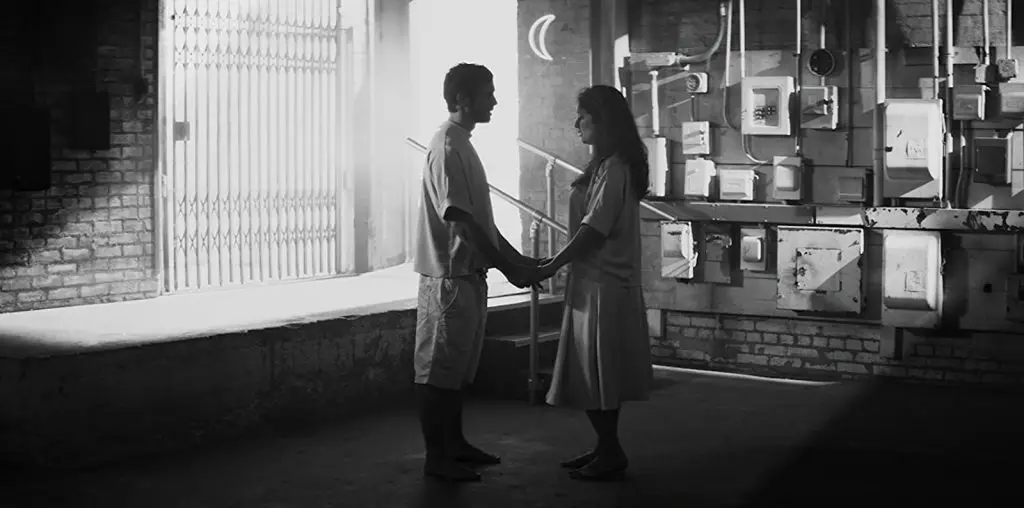
Contemporary Iranian cinema scores whoops of praise from Western critics, yet the history of filmmaking in Iran is barely known to most movie lovers. Nader Takmil Homayoun’s documentary scores points by offering insight and clips into the films of pre-revolutionary Iran (most of which have never been seen outside of the country).
If this film offers any clues, pre-revolutionary Iranian films were virtually worthless: a mishmash of stale farces and third-rate neo-realism, all framed within the censorship demands of the imperial government. Only the 1969 crime drama “Gheiser” seemed to have any sense of power and soul, although the sequence shown here (a murder in a shower) bears more than a passing resemblance to the celebrated chop-up in “Psycho.”
Post-revolutionary Iranian, which offered a new list of censorship do’s and don’ts, offered more visual artistry and (most important) a sophisticated distribution strategy that shared the cinematic output beyond Iran’s borders. The film also provides a who’s who of leading Iranian filmmakers for talking head interviews (Amin Naderi, Mohsen Makhmalbaf and Jafar Panahi are among the most notable personalities here).
Unfortunately, some of the film’s research is off. The 1933 silent “Haji Agha Aktor-e-Cinema” is cited as the first Iranian feature, ignoring that a 1932 sound film called “The Lor Girl” got there first. There is also no explanation as to why color cinematography was not predominant in Iranian films until the mid-1970s.
The absence of preservation is also glaring, with many of the older prints showing signs of scratching and grit.
Nonetheless, “Iran: A Cinematographic Revolution” will prove valuable for those who want to learn more about this unique corner of global cinema.
